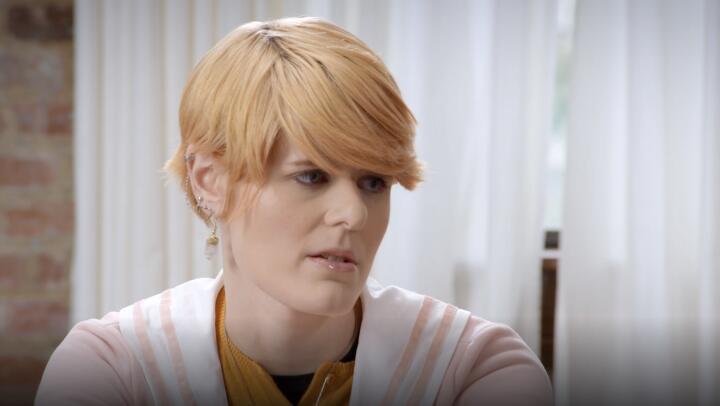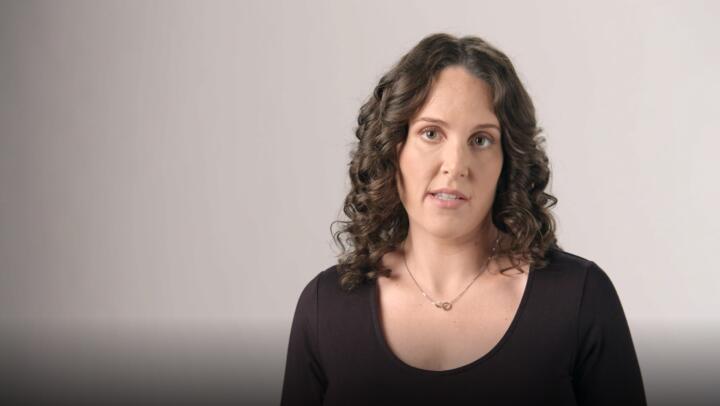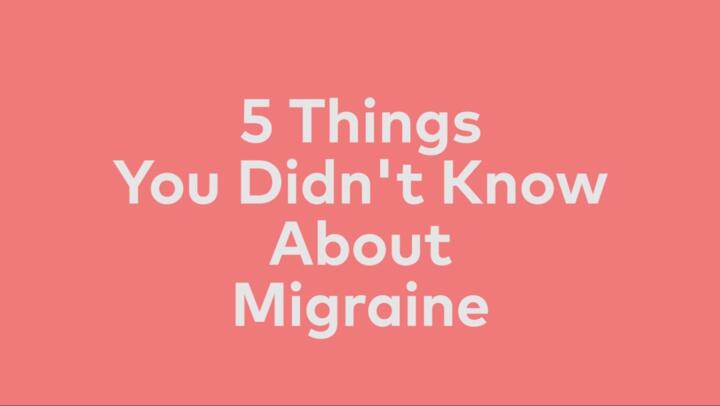The most common types of migraine are migraine with aura and without aura. Other types include:
- chronic
- menstrual
- migraine without headache
- migraine with aura
- migraine with brainstem aura
- retinal
- status migrainosus
- hemiplegic
This article discusses the different types of migraine disorders, their symptoms, and how to manage them medically.
Migraine without aura

About
Migraine attacks may last 4–72 hours and are typically focused on one side of the head.
Symptoms
Migraine without aura symptoms involves moderate to severe pulsing pain, typically on only one side of the head. Pain typically worsens with physical activity.
Accompanying symptoms may include:
- nausea
- sensitivity to light and sound
- blurred vision
- changes in mood
- fatigue
Migraine with aura
Migraine with aura is another common type of migraine, also known as classic migraine.
Migraine with aura usually starts with neurological symptoms. These symptoms can appear up to an hour before a headache. In some cases, aura symptoms occur without a headache.
Symptoms
Symptoms of aura may include:
- visual disturbances, such as loss of vision or short spells of flashing lights
- difficulty speaking
- mental confusion
- nausea or loss of appetite
- increased sensitivity to light or sound
- numbness or weakness on one side of the body
- tingling in the hands or face
Migraine pain is typically pulsing or pounding on one side of the head.
Chronic migraine
Chronic migraine is when a person has recurring episodes for at least 15 days a month for at least 3 months.
Symptoms
Chronic migraine symptoms are similar to migraine with aura and migraine without aura. However, the symptoms are more frequent and can be more severe.
Migraine with brainstem aura
This type of migraine often occurs with aura episodes that last more than 5 minutes but no more than 60 minutes.
Symptoms
Symptoms of migraine with brainstem aura may include:
- aura symptoms
- vertigo
- loss of balance
- changes in vision
- poor muscle coordination
- ringing in the ears
- fainting
- difficulty speaking due to weakness in the muscles used for speech
This type of migraine typically causes throbbing pain that may start quickly and be felt in the back of the head on both sides.
Menstrual migraine
Menstrual migraine is often triggered by hormonal changes related to the menstrual cycle.
Symptoms
Menstrual migraine symptoms may resemble those of migraine without aura. However, aura symptoms such as nausea can occur and be more severe, and pain may last longer.
Migraine aura without headache
Diagnosing this type of migraine is difficult because, unlike migraine with aura, no pain is ever present after aura symptoms.
Symptoms
Symptoms of migraine without headache may include:
- visual disturbances in both eyes
- aura symptoms that increase gradually
Ophthalmoplegic migraine
Symptoms
Symptoms of ophthalmoplegic migraine typically include:
- head pain
- droopy eyelid
- large pupils
- double vision
Retinal migraine
Symptoms
Symptoms of retinal migraine that may accompany the vision changes include pounding or pulsing head pain, nausea, and vomiting.
Status migrainosus
The pain associated with this migraine type is intense. Some people may require hospitalization.
Symptoms
Symptoms of status migrainosus may include:
Hemiplegic migraine
When more than one family member experiences this type of migraine, medical professionals call the disorder familial hemiplegic migraine (FHM).
Symptoms
A hemiplegic migraine may include symptoms before a headache that typically stop when the pain begins. These preceding symptoms may consist of:
- vertigo
- visual disturbances
- difficulty speaking or swallowing
- pricking or stabbing feeling
Cause of migraine
The cause of migraine is not fully understood. Experts suspect a combination of different factors, including genetics, the environment, and central and peripheral nervous system changes.
Exposure to specific triggers may induce the start of a migraine. Triggers vary from person to person and may include:
- stress
- skipping a meal or fasting
- drinking alcohol, especially red wine
- strong scents or odors
- changes in weather
- lack of sleep
- too much sleep
- fluctuating hormones
- certain foods
- flashing lights
Migraine treatments
Migraine has no cure. However, symptoms can be managed, and relief is possible.
Working with a migraine specialist is highly recommended to explore migraine treatment options because these differ depending on the type of migraine.
One of the first steps a healthcare professional may recommend is keeping a migraine journal. Keeping track of foods, sleeping status, stress levels, hormonal changes, and other specifics may help you identify common triggers for your migraine episodes.
Migraine treatments typically focus on preventing and stopping migraine attacks. These treatments may include:
- Over-the-counter (OTC) pain relievers: Medications such as ibuprofen, acetaminophen, or aspirin can help mild to moderate migraine attacks.
- Prescription medications: Severe migraine attacks that do not respond to OTC medications may require prescription medication.
- Preventive medications: Several medications, such as beta-blockers, antidepressants, or anticonvulsants, may help prevent migraine occurrences.
- Behavior and habit changes: Managing stress, getting 8 hours of sleep each day, and eating a nutrient-dense diet may help prevent migraine attacks.
- Biofeedback: This technique uses electronic sensors to monitor your body functions and help you learn how to control your physical responses to stress.
- Relaxation techniques: Techniques such as deep breathing, meditation, or yoga may help reduce stress and tension.
Summary
Migraine is a debilitating neurological disorder that presents with or without a headache. Several migraine types exist, but the most common are migraine with aura and migraine without aura.
Medical experts have not yet established the exact cause of migraine but believe it may be a combination of genetic, neurological, and environmental factors.
Migraine treatment may include OTC or prescription medications, behavioral changes, and relaxation techniques.




















